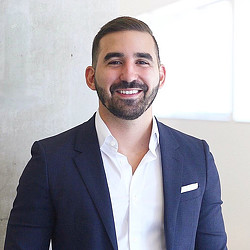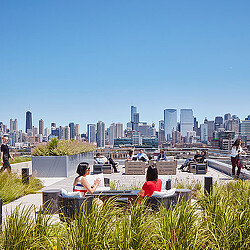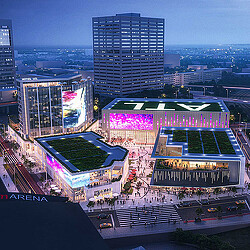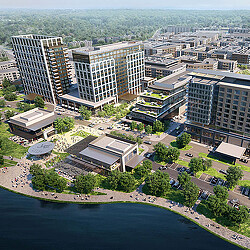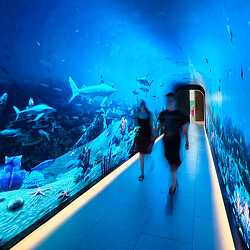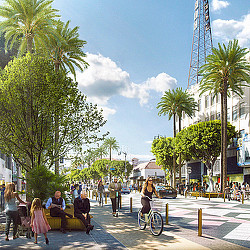How the Nighttime Economy Is Rewriting Urban Design
Cities around the world are beginning to take the nighttime economy seriously — not as a separate or secondary system, but as a vital counterpart to daytime urban life.
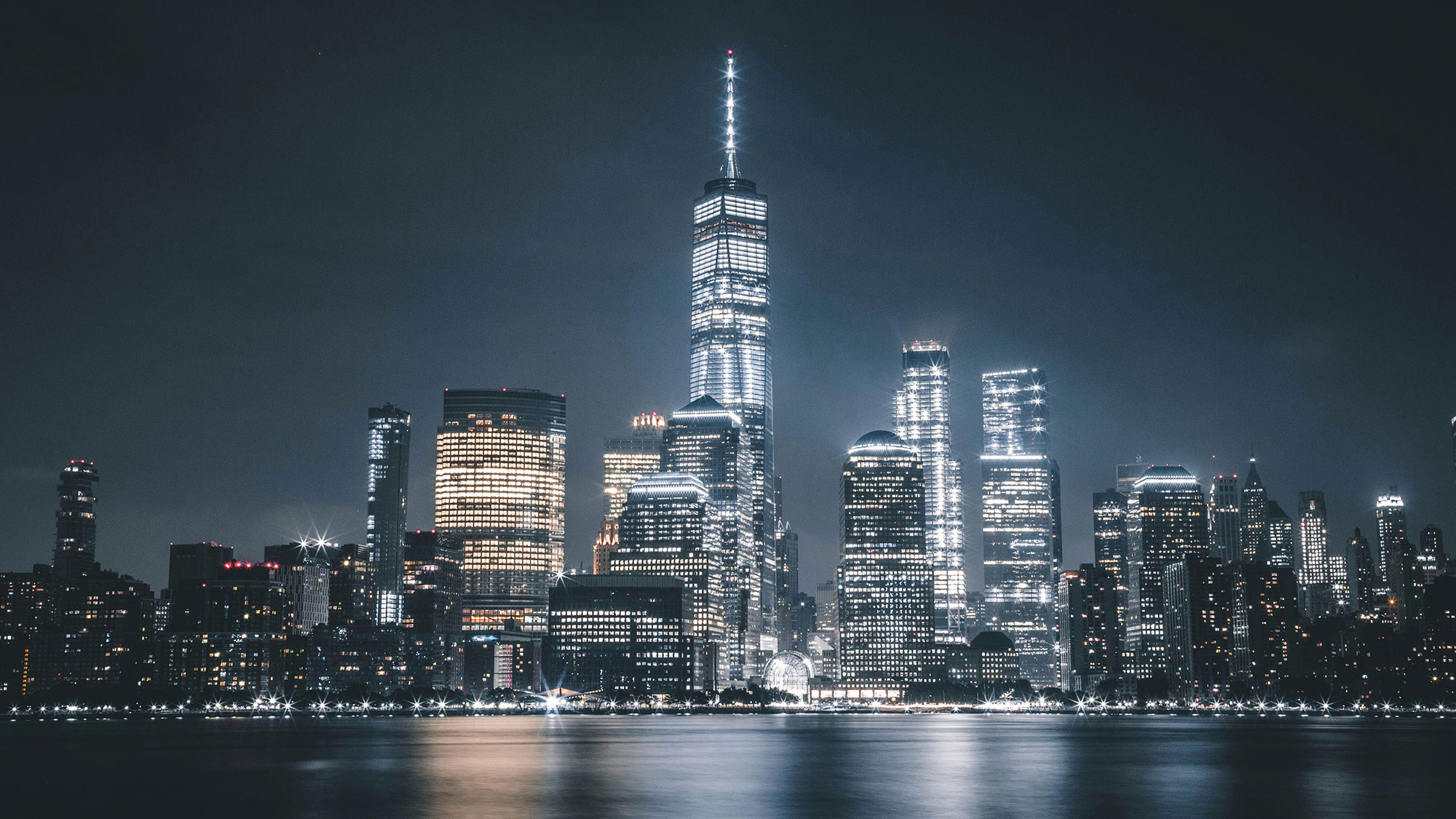
Urban planning often prioritizes what happens from 9 to 5. But as cities grow and densify, the spaces we design after dark are becoming just as critical. Cities come alive in different ways after dark. The nighttime economy reflects that — from late-shift workers and delivery drivers to artists, vendors, and communities gathering long after the 9-to-5 ends.
The policies, places, and priorities of nighttime life reveal far more than just fun — they reflect a city’s values, its economic engines, and its capacity to care for those who keep it running after dark. What happens at night has implications for equity, climate resilience, and innovation — and cities that embrace the full spectrum of daily life are better positioned to thrive.
Lessons from Nightlife for Urban Design
Great nightlife design understands how people move, feel, and connect. The most successful venues are experts in crafting spaces that invite participation, offer rhythm, and feel alive after dark. They know how to balance energy, create atmosphere, and spark connection — three principles that cities can learn from as they reimagine public life after dark.
Nightlife understands rhythm. It balances high-energy experiences with moments of pause — just like cities should. Mixed-use neighborhoods should shift organically from vibrant to calm, supporting different energy levels across the day and night. It’s a lesson echoed in World Economic Forum research on 24-hour cities, which highlights how varied urban tempos improve safety, accessibility, and economic vitality.
Then there’s atmosphere. The best nightlife environments are immersive — they engage the senses through lighting, texture, sound, and even scent. But too many public spaces become flat and uninviting after dark. Cities should borrow from nightlife’s playbook.
And finally, connection. Nightlife is inherently social. The layout of a great venue encourages interaction between friends, strangers, and communities. Urban spaces should do the same. As Boston University’s Nocturnal City initiative has shown, inclusive nighttime environments strengthen civic ties and expand who feels welcome in public space.
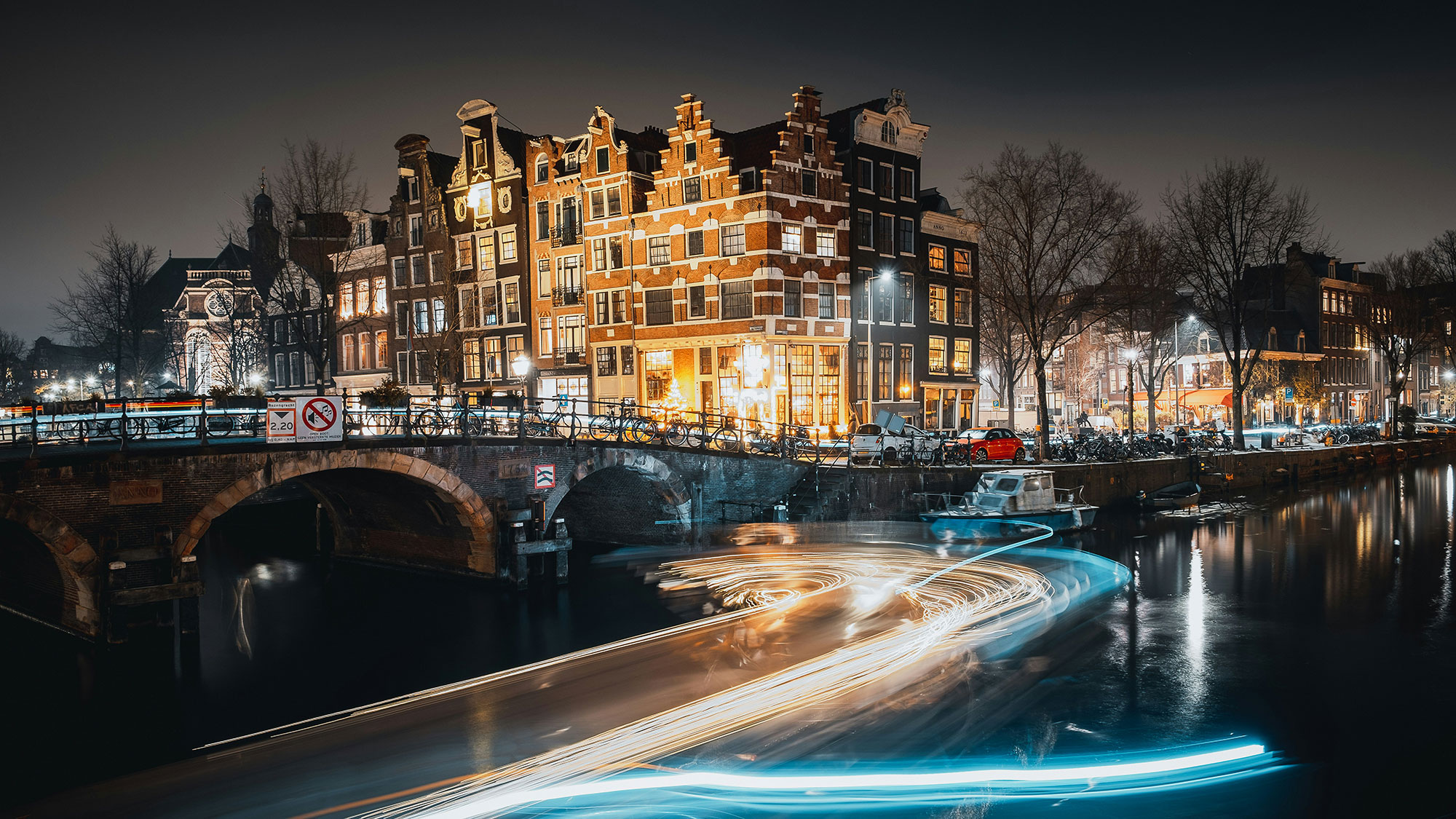
Aligning Night and Day Economies
Cities around the world are beginning to take the nighttime economy seriously — not as a separate or secondary system, but as a vital counterpart to daytime urban life.
Amsterdam famously pioneered the role of a Night Mayor— an independent advocate working between city government, police, cultural venues, and neighborhoods — to help the city thrive from 6 p.m. to 6 a.m. Talking to policymakers, creatives, and civic leaders around the world is Mirik Milan, who served in the role from 2012 to 2018. His mission: help cities see the night not as a liability, but as an opportunity.
What began as a classically pragmatic Dutch idea is now being adopted around the globe. More than 60 cities worldwide have appointed night mayors or created departments dedicated to managing the nighttime ecosystem. These urban actors face complex challenges: from expanding late-night mobility options, to mediating between those who want to party and those who want to sleep, to designing public spaces that feel safe, inclusive, and alive after dark.
The results speak for themselves. The Dutch dance industry — centered in Amsterdam — is worth €600 million and employs more than 13,000 people, full- and part-time. “Late-night culture is a massive motor for cities’ economic well-being,” Milan explains. “Late-night people are typically young, educated, creative, entrepreneurial — people you want in your city.”
Beyond cultural impact, Milan’s office helped reimagine nighttime regulation. Instead of rigid curfews, his team introduced 24-hour licenses to allow clubs and venues to shape their own rhythm. “If you don’t turn the lights on and force everyone to leave a club at 5 a.m., some will leave at 3, and some at 8,” he notes. “The night can end more naturally. It’s better for the area, nuisance-wise, and for the club, business-wise.”
As former Amsterdam Mayor Eberhard van der Laan put it:
“Cities increasingly want to be 24-hour. In some respects, many already are, though few really cater for it. But cities also have to stay nice places for the people who work, live, and sleep in them. The Night Mayor helps us understand the issues better, from all sides, and come up with innovative solutions — like 24-hour licenses. Everyone benefits.”
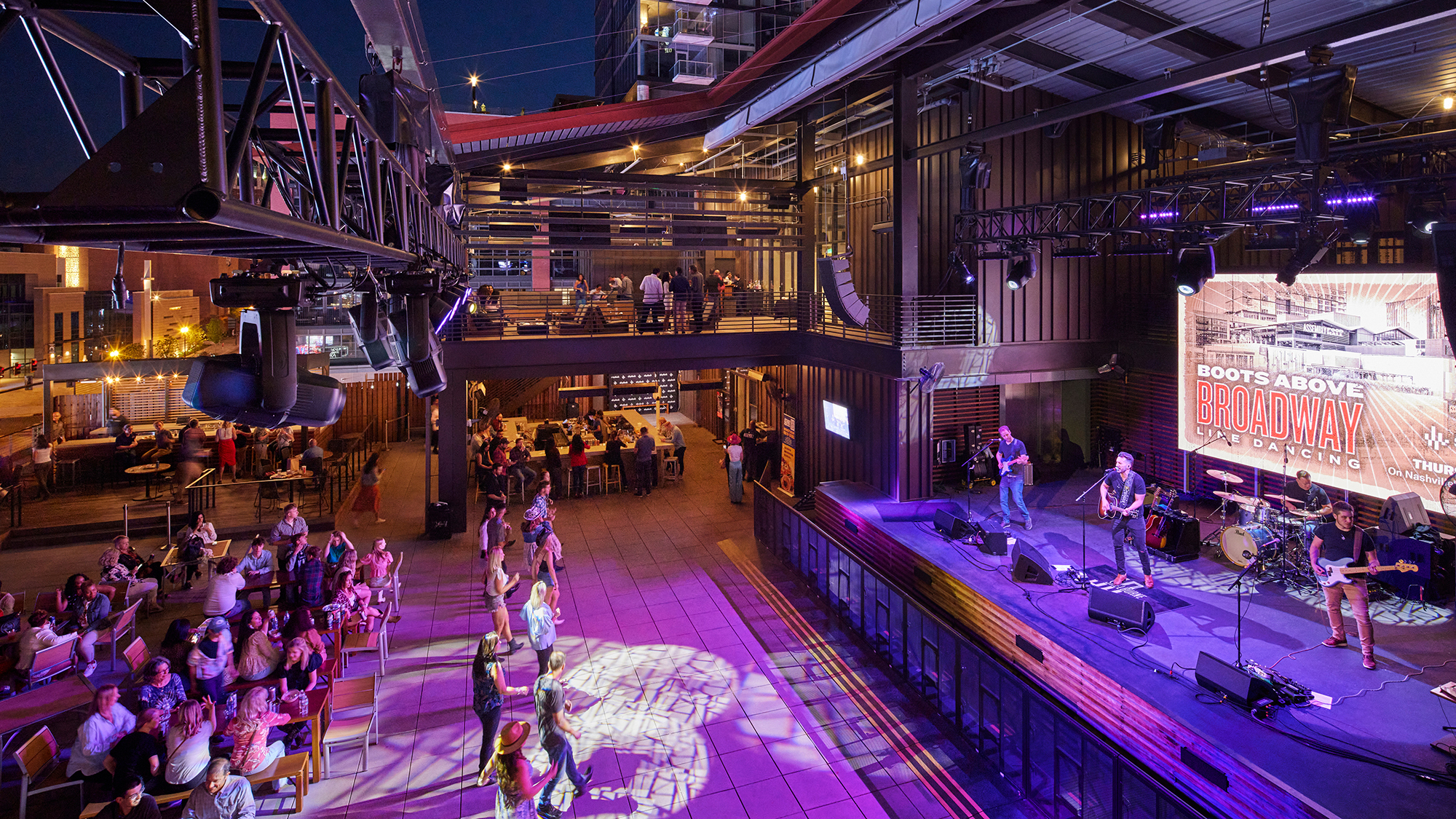
Nightfall as Climate Strategy
As global temperatures rise, the nighttime economy is also emerging as an essential tool for climate adaptation. In regions where daytime activity is increasingly limited by extreme heat, cities are beginning to shift toward cooler, more livable hours after dark.
In Saudi Arabia, it’s common to see families gathering for evening picnics in local parks — a longstanding informal practice that is now prompting new policy and design strategies to support night use. Across the UAE and U.S. Sunbelt cities, parks, beaches, and public spaces are staying open longer and being retrofitted with lighting and infrastructure to accommodate activity after sundown.
As working hours and spending patterns evolve in response to climate realities, urban design must follow. Supporting life after dark isn’t just about experience — it’s about resilience, equity, and comfort in a changing world.
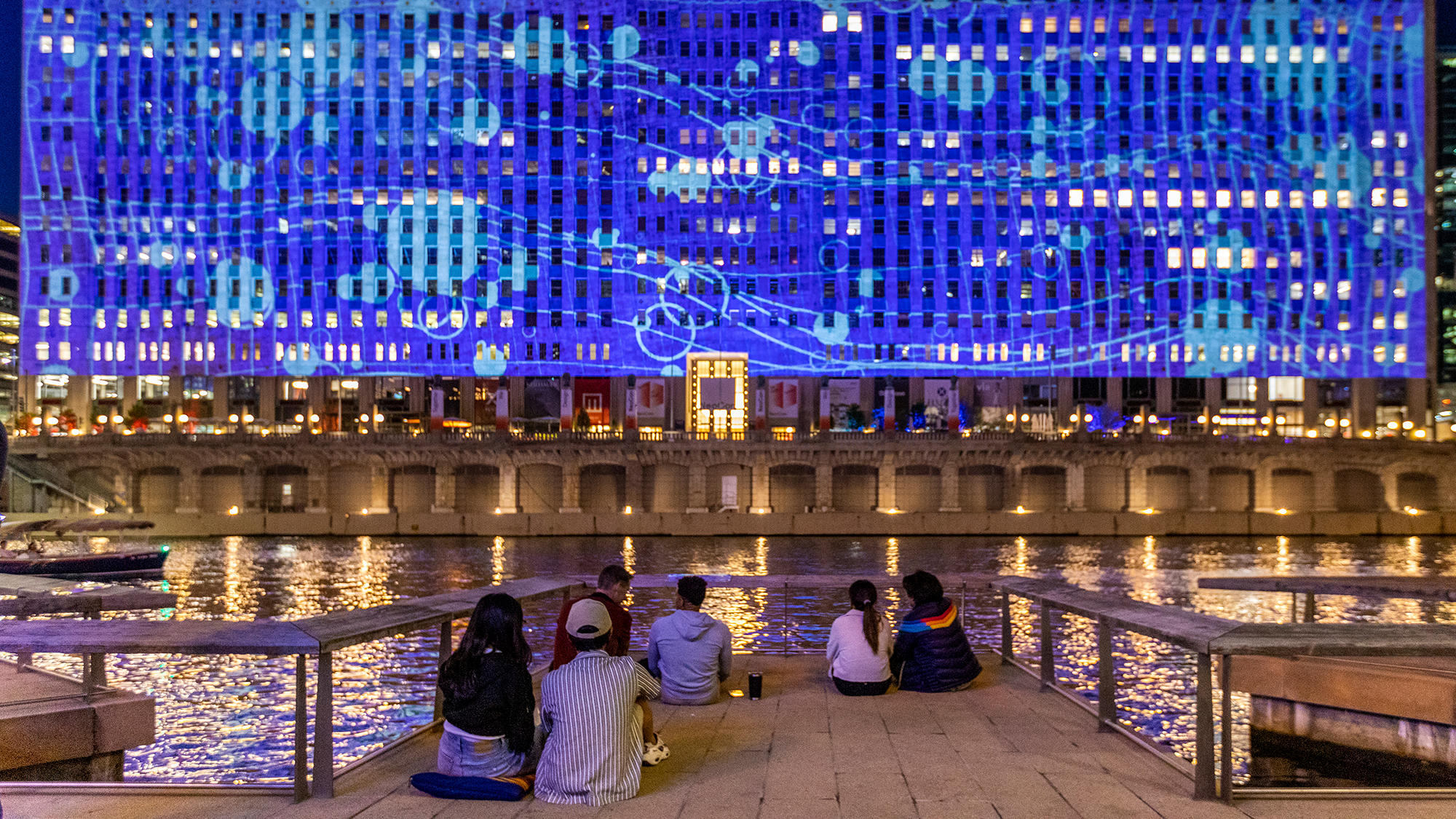
A City That Works on Every Schedule
Designing a 24-hour city isn’t just about extending nightlife — it’s about recognizing that people live, work, study, and create on vastly different schedules.
Mirik Milan, the first nachtburgemeester (night mayor) of Amsterdam, captures this broader vision when he says: “We need a 24-hour library, 24-hour workspaces for students and creatives and people whose work means they’re dealing with the other side of the world. Shops where you can buy tomorrow’s breakfast, or that cable you need now for that presentation you’re giving at 9 a.m. It’s possible.”
The 24-hour city is ultimately about equity. It’s about designing for shift workers, global teams, artists, students, and anyone whose life doesn’t fit neatly into the traditional 9-to-5. It’s about creating infrastructure that recognizes — and celebrates — the full rhythm of urban life.
But it’s also about something deeper: using time as a strategic resource. Cities that plan with the entire day in mind — especially the hours between 6 p.m. and 6 a.m. — gain more than economic activity. They create safer, more inclusive places.
A city where libraries stay open late, transit runs reliably at night, and public spaces remain active is a city that works better for essential workers, night-shift teams, and anyone whose day starts when others are heading home.
In this light, the 24-hour city isn’t just an urban trend — it’s a design philosophy. One that asks us to rethink how space and time shape access, opportunity, and belonging.
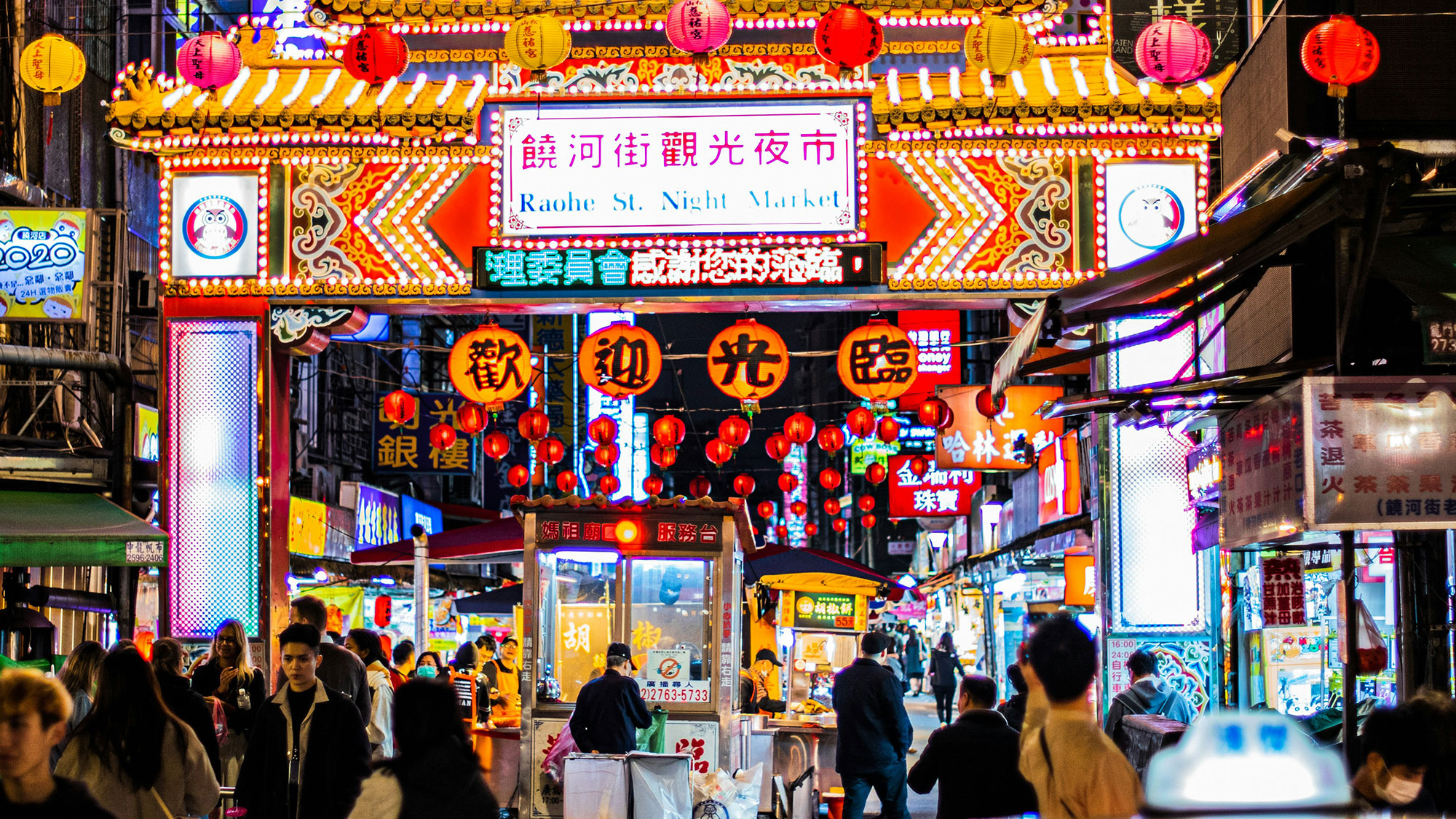
Nighttime as a Platform for Innovation
The night isn’t just a moment to unwind — it’s becoming a proving ground for how cities test ideas, respond to real-time needs, and design more adaptive systems. In recent years, a growing number of cities have launched innovative pilots that use the nighttime hours to rethink urban experience and infrastructure.
Take Orlando, which partnered with Uber and Lyft to transform unused bus lanes into designated nighttime pickup hubs between midnight and 3 a.m. These pop-up zones include food trucks, restrooms, and seating to reduce congestion and improve late-night safety.
Or look at London, where the city is testing a Night Work Centre — a space that provides hygiene facilities, rest areas, and services for the 1.6 million people who work overnight. It’s a model for how cities can better serve essential workers who are too often overlooked. The city has also piloted “Night Time Enterprise Zones,” giving businesses more opportunities to increase income and foot traffic.
In New York, the Mastercard Economics Institute found that restaurant and bar spending in the Financial District increased by 135% on weekends since 2019, pointing to a deeper cultural shift in how people socialize and spend time in the city after dark.
Together, these examples reflect a larger mindset shift: when cities invest in the hours after sunset, they’re not just expanding access or boosting nightlife — they’re experimenting with how to make urban life more flexible, equitable, and resilient. The night becomes a canvas for civic imagination — and a key to a more responsive city.
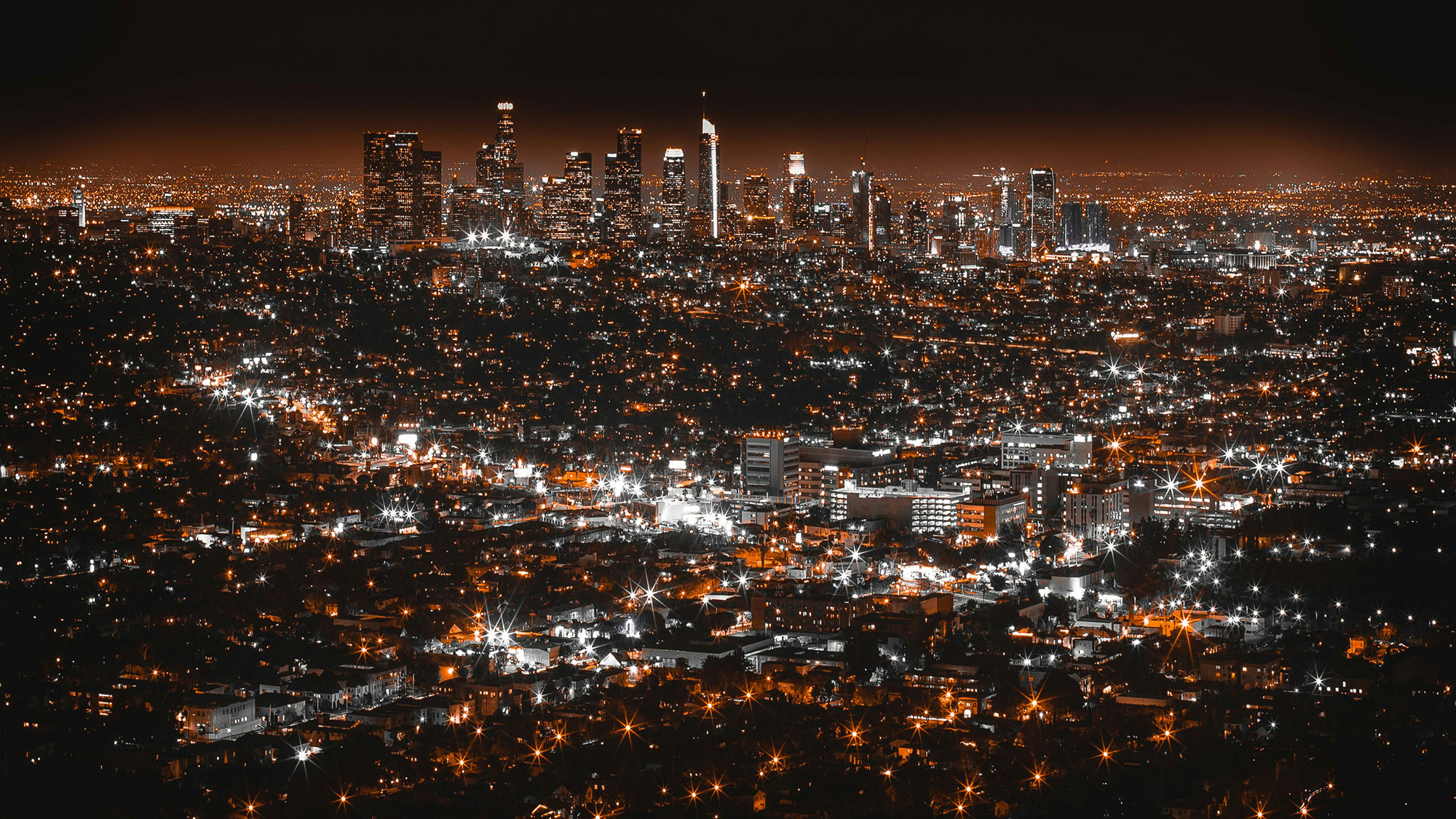
Letting the City Glow
Cities are places of joy, curiosity, commerce, and connection. Those things don’t stop at sunset. When we design for life after dark — prioritizing rhythm, connection, resilience, and access — we don’t just extend a city’s hours. We extend its promise.
The future of cities will be shaped just as much by what happens after hours as by what happens during them. The night isn’t an exception to urban life — it’s a mirror of it. One that reveals the gaps, the possibilities, and the people too often overlooked.
If we can treat time as a design tool, the city becomes more than a schedule — it becomes a system that flexes with us.
Don’t design around the night. Design with it. Let the city glow.
For media inquiries, email .
